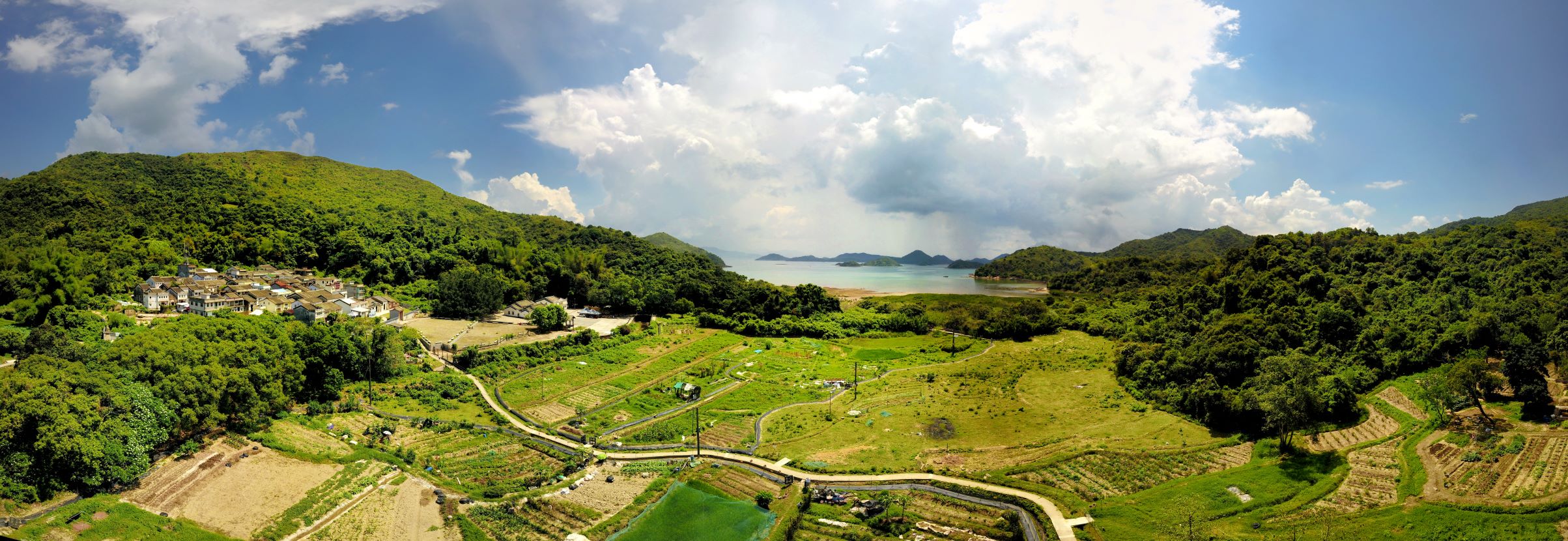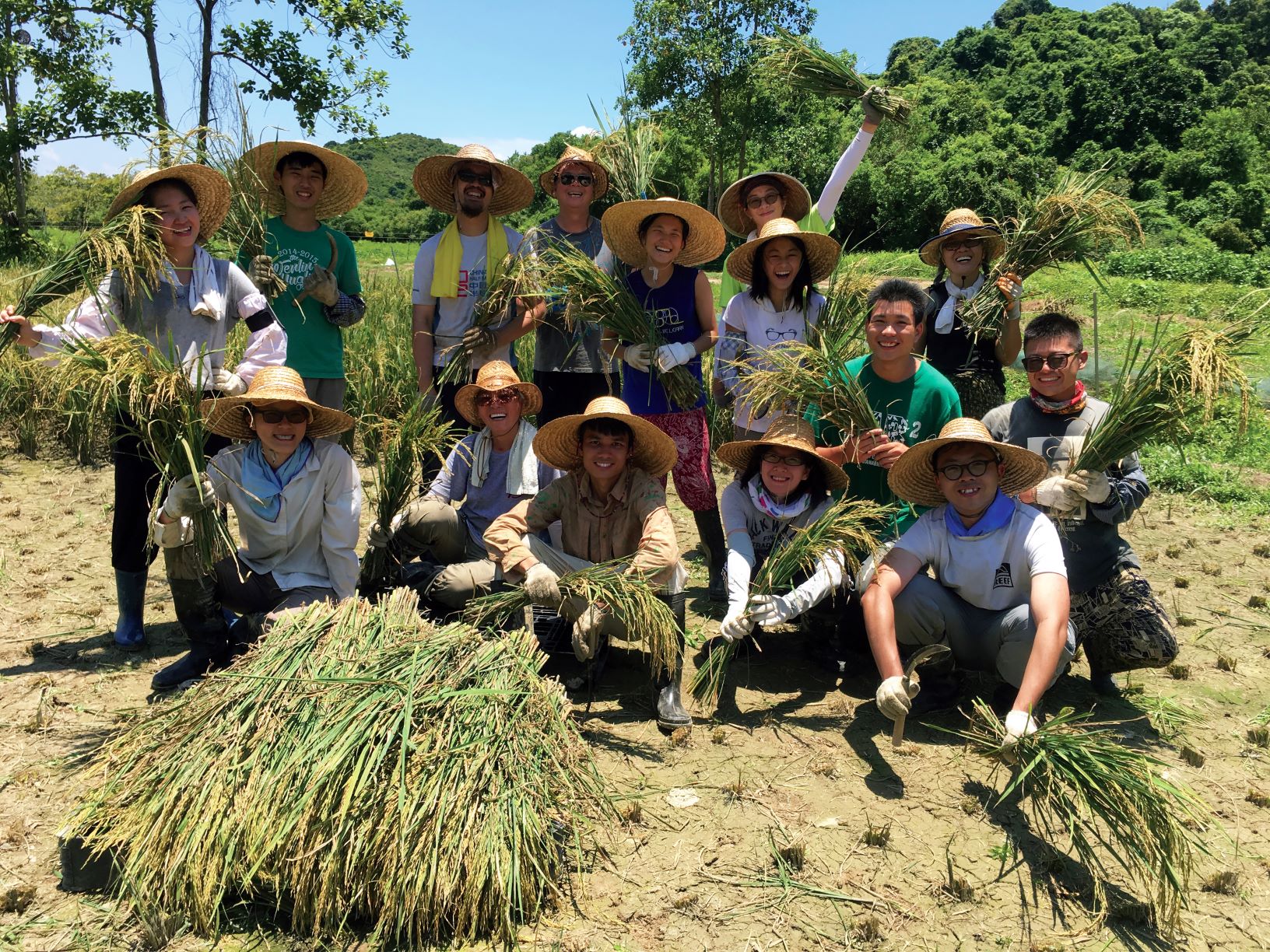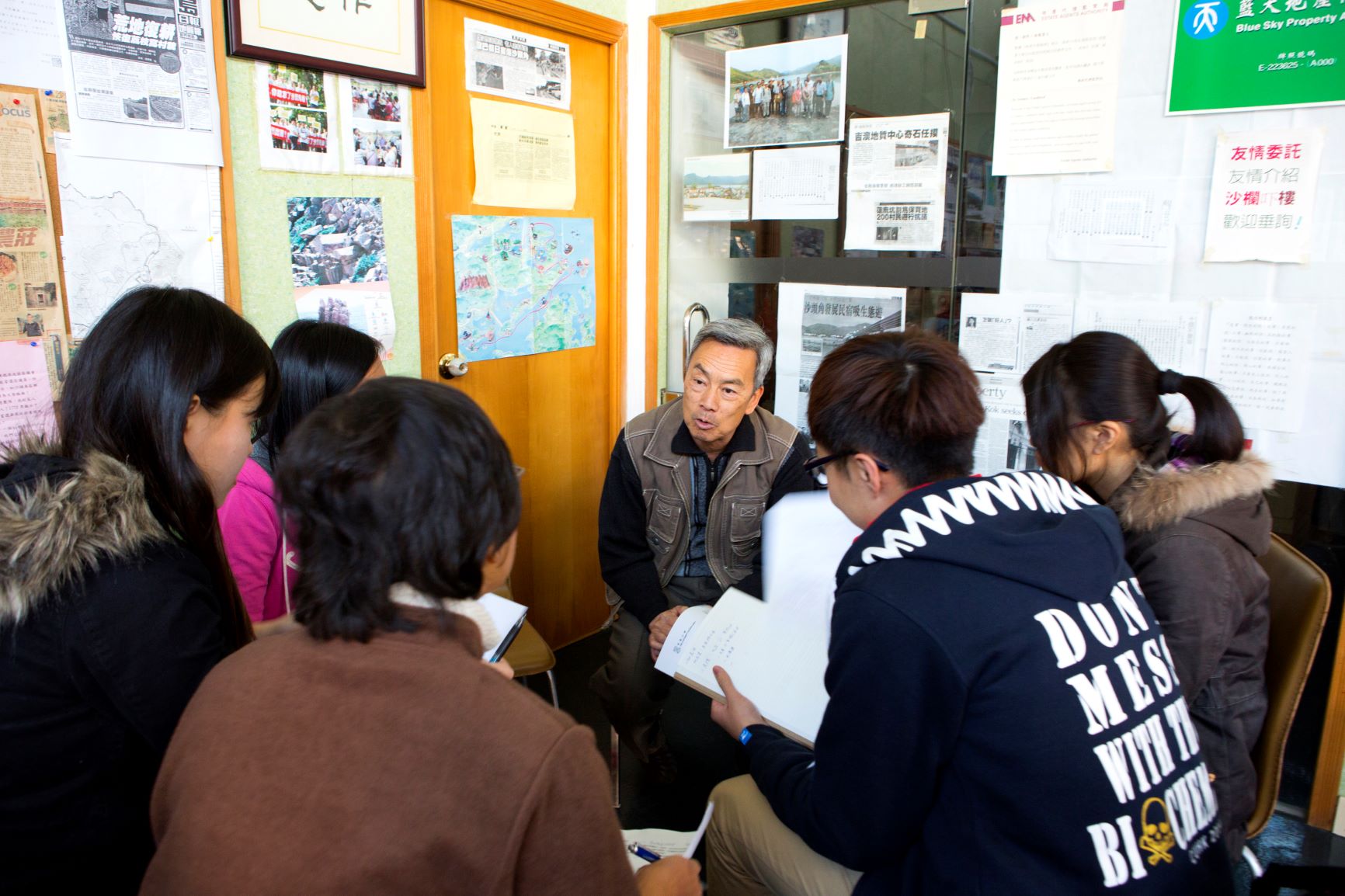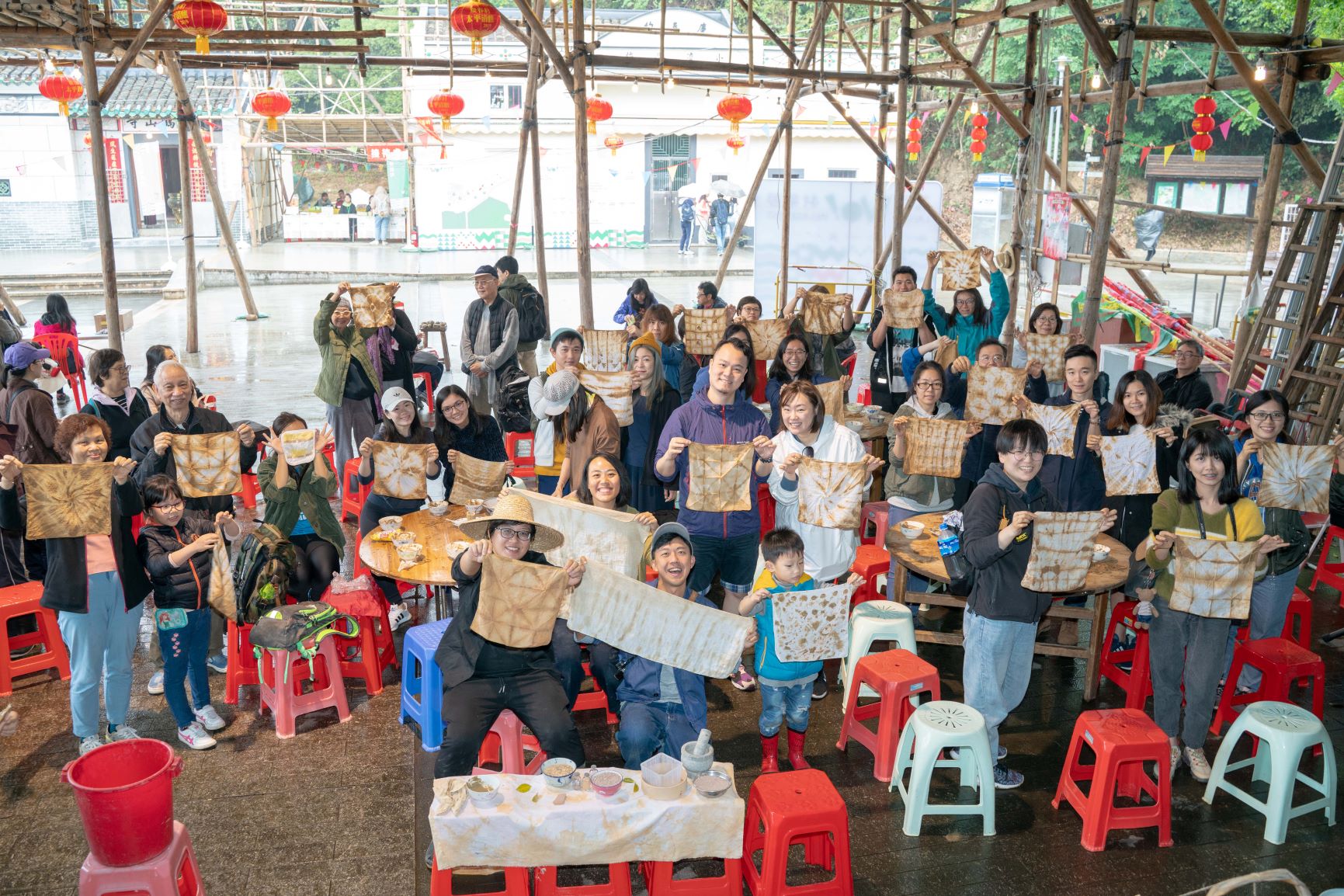Home » Rural Revitalisation in Lai Chi Wo, Hong Kong
Introduction to Collaborative Governance
Rural Revitalisation in Lai Chi Wo, Hong Kong

Image Source: Centre for Civil Society and Governance at The University of Hong Kong
With almost 400 years of history, Lai Chi Wo (LCW) is one of the largest remaining traditional Hakka villages in Hong Kong. In addition to the cultural and historical values embedded in the village, it is located in an ecological hotspot, being nestled in-country, marine and geo-park. The village historically followed traditional terrace farming practices, rows of paddy fields and freshwater wetlands on the hillsides and at the foot of the hills used to contribute to the rich ecosystem of this area in the North-eastern part of Hong Kong SAR’s New Territories. Since the 1950s, migration to urban areas and European countries eventually has led to the village being completely abandoned. By the 1990s, the last villager bid farewell to the village that had lost much of its traditional culture and natural habitat due to the lack of active management.
It was until the early 2010s, some indigenous villagers of LCW reached out to the University of Hong Kong (HKU) and environmental non-profit organisations in a bid to revitalise their village and to forge a sustainable way for rural development. The result were two consecutive collaborative revitalisation projects (referred to as the project), the Living Water and Community Revitalisation: An Agricultural-led Action, Engagement and Incubation Programme at Lai Chi Wo, and Rural Sustainability Programme initiated by HKU in 2013, with support of the Hong Kong and Shanghai Bank Corp. Ltd. (HSBC). Recognizing the potential value that could be recovered in LCW, revitalisation efforts were first concentrated on this village.

Why It is Appropriate to Adopt the Collaborative Approach to Rural Revitalisation
-
Alignment with the core values of rural revitalisation
First and foremost, the collaborative approach aligns with the core value of rural revitalisation and helps conserve the characteristics and traditional knowledge of rural communities. A rural village is not only the home of villagers, but it also represents the interface between human societies and the natural environment (Law & Chick, 2018). The conservation of natural resources and cultural landscapes are thus equally significant in the revival of rural communities. With collaboration among different stakeholders, these concerns are raised and examined through principled engagement (Emerson et al., 2011). Eventually, this may allow revitalisation works to absorb parties' knowledge and satisfy their concerns. For instance, Indigenous knowledge related to water management (including irrigation, flood risk management) was found to be valuable to informing current practices. Other Indigenous practices were integrated into the revitalisation project to better conserve the characteristics of LCW and traditional Hakka knowledge, aligning with the core value of rural revitalisation.
-
Public awareness and social innovation
Moreover, the engagement and connection activities embedded in the collaborative approach offer opportunities for people to learn about the eco-agriculture and living heritage in rural communities (Bodin, 2017). For instance, a community-based partnership was created under the leadership of HKU in the project to organise efforts for revitalising rural capital and assets (Law & Chick, 2018). Artists and specialists were invited to collaborate with the villagers on a wide range of rural capital re-envisioning programmes, including rural festivals, art exhibitions and green technology demonstrations. Not only did these activities raise their awareness of rural revitalisation and sustainability, but they are also a manifestation of interdependence among actors in the CGR. Through the artists’ work, public awareness of rural sustainability was raised.

Image Source: Centre for Civil Society and Governance at The University of Hong Kong

Image Source: Centre for Civil Society and Governance at The University of Hong Kong
Apart from raising public awareness, the collaborative approach is also suitable to promote social innovation and the rural-urban symbiosis of Hong Kong. The establishment of the Academy for Sustainable Communities under the project has offered curriculum-based training and education programmes for interested individuals and the public. This plays a key role in maintaining the collaboration dynamics, through facilitating principled engagement, the development of shared motivation which enhances the collaborative capacity for joint action. The incubation of activists and scholars for sustainability in the community helps build a virtuous cycle in which new stakeholders are identified and involved in creating new initiatives. For example, the graduates of the Academy have collaborated with HKU to set up a local kitchen to establish networks between farmers, processors and suppliers to co-develop a local branding and add value to farm produce, injecting vitality to the local agriculture industry. Instances like these have demonstrated the significance of the collaborative approach in inducing social innovation for rural sustainability and scaling up the impacts of the revitalisation efforts.
The efforts made in revitalising LCW has received local and international recognition. In Hong Kong, the Chief Executive referred to LCW’s case as a reference for other rural communities in her 2017 Policy Address which set aside $1billion HKD and promulgated the establishment of a Countryside Conservation Office to coordinate efforts for rural sustainability in Hong Kong. This policy change in the government has not only responded to the community’s aspirations for urban-rural symbiosis, but it also manifested the long-term impacts created by revitalisation projects. In 2020, The LCW Programme received Special Recognition for Sustainable Development in the UNESCO Asia-Pacific Awards for Cultural Heritage Conservation. Recognition at the international level combined with supportive local policies have influenced the management of other rural villages in Hong Kong.
References:
Bodin, Ö. (2017). Collaborative environmental governance: achieving collective action in social-ecological systems. Science, 357(6352).
Emerson, K., Nabatchi, T., & Balogh, S. (2011). An integrative framework for collaborative governance. Journal of public administration research and theory, 22(1), 1-29.
Law, W. W. Y., Yiu, S. I. S., & Chick, H. L. (2018). Vivifying Lai Chi Wo: Sustainable Lai Chi Wo Programme Four Year Review and Outlook. Policy for Sustainability Lab.
© 2022 Centre for Civil Society and Governance at The University of Hong Kong
Except where otherwise noted, contents of this e-study is licensed under a Creative Commons Attribution-NonCommercial-ShareAlike 4.0 License.
![]()


